Exploring Unique Pan Dulce Flavors: A Comprehensive Guide to Types, Differences, and Interesting Facts
The world of pan dulce is a vibrant tapestry of flavors, textures, and cultural significance that often goes unnoticed beyond its familiar forms. While many are acquainted with the classic versions of pan dulce, the reality is that this beloved Mexican pastry has a wide range of unique and intriguing flavors waiting to be discovered. From the rich and creamy dulce de leche to the delicate conchas, pan dulce offers a culinary experience that transcends its simple appearance. Whether you’re a seasoned enthusiast or a curious newcomer, this guide will delve into the fascinating world of pan dulce, uncovering its hidden treasures and shedding light on its cultural roots. Join us as we embark on a journey to explore the diverse types, interesting facts, and flavorful variations that make pan dulce a cornerstone of Mexican cuisine.
Key Takeaways
- Pan Dulce Origins: Tracing back to pre-Columbian times, pan dulce has evolved over centuries, blending indigenous and Spanish influences.
- Cultural Symbolism: A traditional Mexican breakfast treat, pan dulce represents comfort and tradition, often enjoyed during holidays.
- Traditional Ingredients: Made with flour, sugar, milk, butter, and lard, with modern options using vegetable oil for health-conscious eaters.
- Historical Development: Created by colonial-era nuns to use leftover flour, contributing to its cultural significance.
- Culinary Diversity: As a testament to Mexico’s culinary heritage, pan dulce offers a variety of textures and shapes, from rolls to conchas.
- Preparation Process: Involves fermentation, shaping, and baking, resulting in a soft, sweet texture perfect for snacks or desserts.
- Versatile Uses: Enjoyed plain, with toppings like honey or chocolate, or in dishes like bread puddings.
- Regional Variations: Across Mexico, pan dulce takes many forms, reflecting diverse regional traditions and personal creativity.
- Conchas vs. Pan Dulce: While pan dulce varies widely, conchas stand out with their round shape, crunchy sugar coating, and soft center.
Discover more about pan dulce and explore authentic Mexican recipes at Panito Mole.

What Are the Different Flavors of Conchas?
Conchas, a beloved traditional Mexican sweet bread, come in various flavors that cater to different tastes. Here’s a breakdown of the most common types:
Classic Concha Varieties
- Traditional Concha: The classic version features a golden, flaky crust with a soft, slightly sweet interior. It’s perfect for dipping in coffee or eating on its own.
- Dulce de Leche-Filled Concha: This variation is filled with creamy dulce de leche, creating a delicious contrast between the sweet filling and the slightly savory crust.
- Cheese-Filled Concha: For cheese lovers, this concha is stuffed with melted cheese, offering a rich, savory flavor that pairs wonderfully with coffee.
Variated Concha Creations
- Chocolate-Filled Concha: Indulge in the chocolate lover’s dream with a concha filled with rich, dark chocolate ganache.
- Sesame-Seeded Concha: Crispy sesame seeds add a nutty flavor and texture to the exterior, making it a unique twist on the traditional concha.
- Fruit-Filled Concha: Fresh fruits like strawberries or mangoes are sometimes incorporated into the filling, offering a refreshing twist.
Competitor Highlights
Panito Mole is known for its authentic take on conchas, offering both classic and innovative flavors. Their website provides detailed recipes and baking tips for those looking to recreate these treats at home. While there are other excellent bakers like Bouchon Bakery and La Brea Bakery, Panito Mole stands out for its dedication to traditional Mexican flavors.
By trying these varied concha flavors, you can explore the rich diversity of Mexican bakery goods and find your personal favorite.
Does Pan Dulce Have Flavors?
- Traditional Vanilla Flavor
- Cinnamon Flavor
- Fruit-Filled Variations
- Nutty Flavors
- Chocolate Flavored
Variety of Pan Dulce
Pan dulce comes in various forms, each offering a unique taste experience. The base flavor is typically vanilla or cinnamon, with additional ingredients like fruits, nuts, or chocolate enhancing the overall taste.
The combination of soft dough, butter, sugar, and milk in the dough recipe gives pan dulce its rich and sweet flavor profile. This makes it a versatile base that can be customized with different fillings and toppings.
Learn more about our pan dulce varieties

What Are the Different Types of Pan Dulces?
- Conchas: A popular variety of pan dulce shaped like shells, resembling croissants in texture and flavor.
- Bocoles: Small, round pan dulces often filled with cheese or fruits, known for their chewy texture.
- Empanadas: A type of pan dulce shaped like a half-moon, typically fried and filled with fruits or nuts.
- Pan de Muerto: A traditional sweet bread with a skeletal shape, traditionally eaten during Día de los Muertos.
- Cuernos de Leche: Long, horn-shaped pan dulces filled with cream or milk-based fillings.
- Capotes: Twisted, rope-like pan dulces known for their unique shape and soft texture.

Interesting Facts About Pan Dulce
- Origins and History: Pan dulce traces its roots back to pre-Columbian times, with its development influenced by indigenous peoples long before the Spanish conquest. Over centuries, it evolved into the sweet, buttery treat we know today.
- Cultural Significance: Beyond its delicious taste, pan dulce holds a special place in Mexican culture. It’s often enjoyed during breakfast, holidays, and gatherings, symbolizing comfort and tradition.
- Traditional Ingredients: Authentic pan dulce recipes typically include flour, sugar, milk, butter, and lard. The lard contributes to its rich, flaky texture, though modern versions may use vegetable oil for healthier options.
- Role of Nuns: The development of pan dulce is attributed to nuns in colonial-era Mexico, who created it as a way to use leftover flour and satisfy the cravings of hungry missionaries and soldiers.
- Culinary Heritage: Pan dulce is a testament to Mexico’s deep culinary heritage, blending indigenous ingredients with Spanish influences to create a unique dish.
- Preparation Methods: Making pan dulce involves a lengthy fermentation process followed by baking. The dough is shaped into distinctive shapes like rolls, twists, or conchas (which means “cakes” in Spanish), and then baked until golden brown.
- Culinary Uses: While traditionally eaten plain, pan dulce can be enjoyed with honey, jam, or chocolate. It’s also a popular ingredient in desserts and bread puddings.
- Variations and Shapes: Across Mexico, pan dulce comes in various forms, from the classic “bola” (round) to more elaborate designs like flowers or animals, reflecting regional traditions and personal touches.
Discover more about the art of making pan dulce and explore our collection of authentic Mexican recipes to bring the rich flavors of Mexico into your kitchen.
A Fun Fact About Dulce de Leche
Dulce de leche, a creamy, caramel-like dessert, has a fascinating history and versatile uses. While its exact origins remain debated, many historians trace its roots to grape syrup, created by an Arab technique involving partially dehydrated grape juice. Over time, this evolved into the Dulce de Leche we know today.
Did you know that Dulce de Leche isn’t just limited to desserts? It’s a popular ingredient in various dishes, from pastries to ice cream. In Argentina, it’s often drizzled over pancakes or used as a filling in empanadas. Its sweet, velvety texture makes it a favorite for both sweet and savory applications.
- Dulce de Leche can be used as a spread, a topping, or even in baking recipes.
- It’s a great source of energy due to its high sugar content and calcium from lactobacillus fermentation.
- Some cultures believe it has medicinal properties, though this hasn’t been scientifically proven.
- Its production involves boiling milk with sugar or honey, creating a thick, golden paste.
Want to learn more about Dulce de Leche and its culinary uses? Explore our Panito Mole website for delicious recipes and insights into this beloved treat!

What’s the Difference Between Pan Dulce and Conchas?
Pan dulce, also known as Mexican sweet bread, is a category of sweet, traditional baked goods that vary in texture, flavor, and shape. Among these, conchas stand out due to their unique shape and distinctive sugar coating. Below is a breakdown of the key differences:
What is Pan Dulce?
Pan dulce refers to a broad category of sweet, unleavened breads that are commonly eaten in Mexico and other Latin American countries. These breads are typically made with flour, butter, sugar, and sometimes milk or eggs. The dough is often rolled into various shapes before baking, resulting in a soft, sweet texture.
What Are Conchas?
Conchas, meaning “seashells” in Spanish, are a specific type of pan dulce. They are characterized by their rounded, football-shaped appearance and a thick, crunchy sugar crust. The outside is usually covered with granulated sugar, giving them a sweet, crispy texture, while the inside remains soft and slightly chewy.
Key Differences:
- Shape and Texture :
- Pan Dulce : Varieties include conchas, pan de muerto, and others. While pan dulce can come in many forms, it is generally denser and less sweet than conchas.
- Conchas : Have a distinctly round shape and a hard, sugary exterior that crunches when bitten into.
- Flavor Profile :
- Pan Dulce : Can range from mild to rich in flavor, depending on the ingredients used. Some versions may have a nutty or cinnamony taste.
- Conchas : Known for their intense sweetness and the contrast between the crunchy sugar coating and the soft interior.
- Usage :
- Pan Dulce : Often enjoyed as a snack or dessert on its own, paired with coffee or tea.
- Conchas : Popular as a breakfast item or sweet treat, especially during holidays like Día de los Muertos.
Conclusion:
If you prefer a sweeter, more robust flavor with a satisfying crunch, conchas are the perfect choice. However, if you enjoy a softer texture and a variety of options, pan dulce offers a wider range of possibilities. Both are delightful additions to any meal, whether enjoyed fresh from the bakery or as a late-night treat.
For more information on traditional pan dulce and conchas, visit Panito Mole .
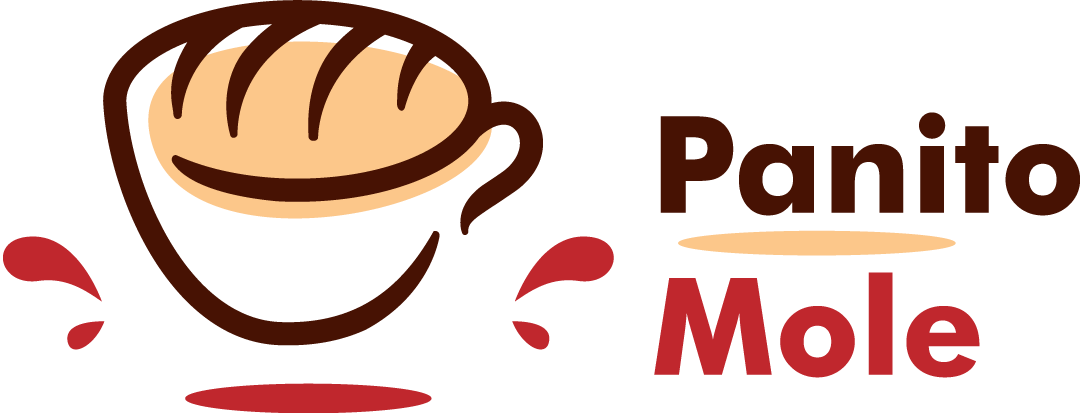
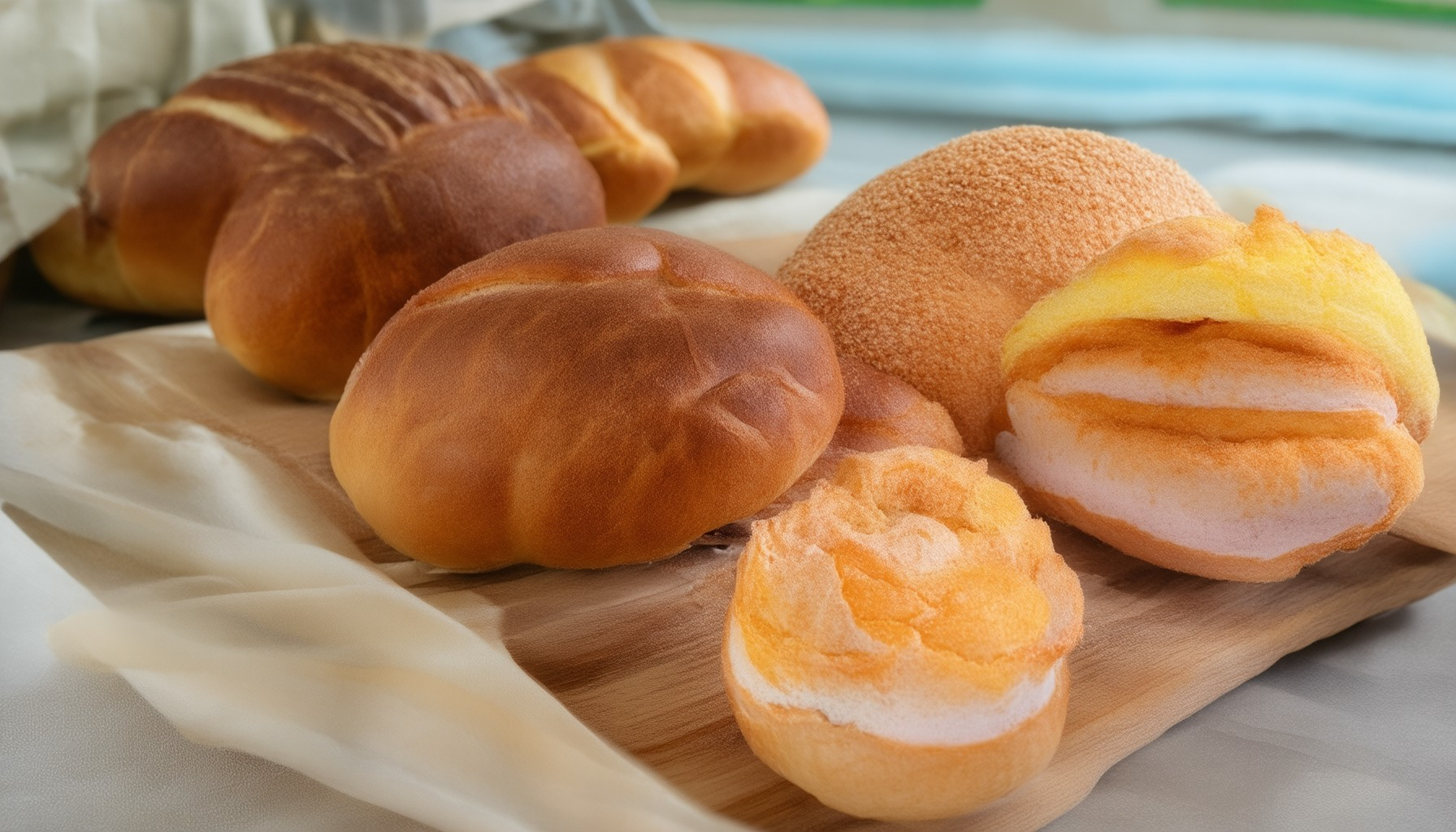
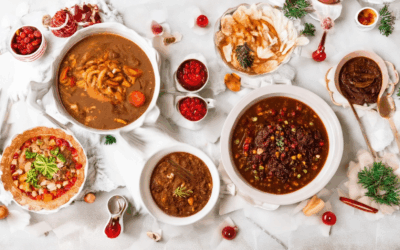
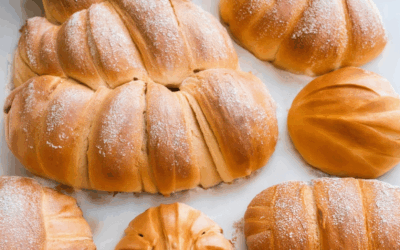
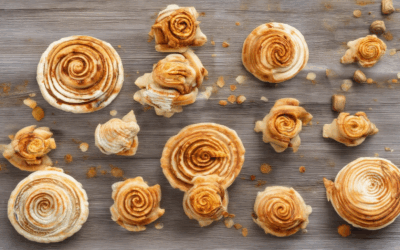
0 Comments